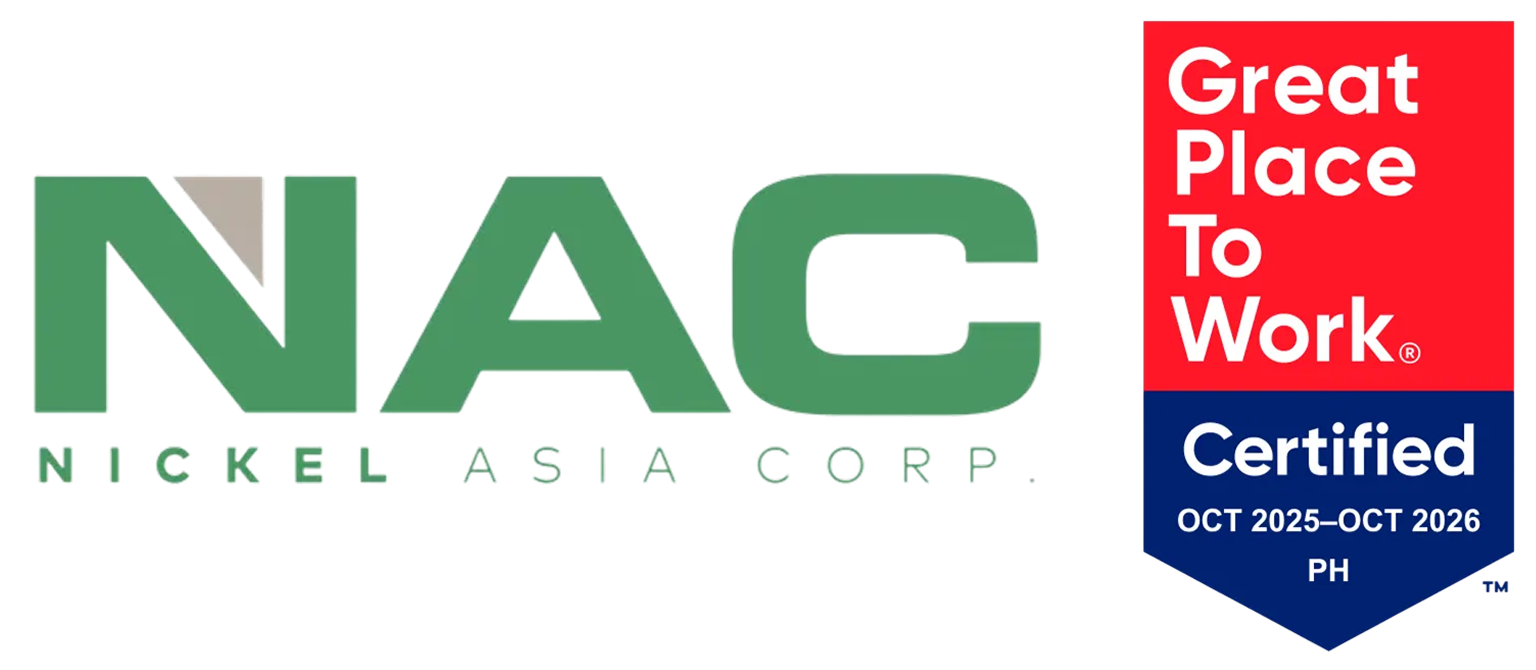The nature of the Company’s business operations requires taking a long-term view. Successful mining operations – where success refers not only to the viability of the business venture but also to environmental protection and the improvement in the living standards of the Company’s host communities – are those that are conducted with a commitment to sustainable development.
With respect to the environment, the Company’s operating subsidiaries are required to prepare an Annual Environmental Protection and Enhancement Program (AEPEP), which is submitted to, and reviewed by, stakeholders at various levels up to the Mines and Geosciences Bureau. The bottom line in the preparation, approval, implementation and monitoring of the Company’s AEPEPs is strict compliance with environmental standards and measures, and the rehabilitation of mined-out areas in order to restore, if not improve, the environment post-mining.
The Company’s four operating mines together have additionally planted over one million trees in an aggregate area exceeding 1,000 hectares as part of their respective progressive mine rehabilitation efforts and the Company’s commitment to the National Greening Program of the national government.
With respect to social programs as an integral part of sustainable development, the law provides for a percentage of yearly operating costs to fund Social Development and Management Programs (SDMP) for the host communities. The Company’s operating subsidiaries comply and oftentimes exceed their SDMP commitments and implement programs designed to positively impact host communities, particularly in education, health, housing, and livelihood.
To ensure continuity and maximize benefits, specific SDMP programs that cover five-year periods are identified by the local communities themselves as responsive to their most pressing needs through a series of consultations involving multi-stakeholder groups. The implementation and monitoring of approved programs is the responsibility of the Community Relations associates in each of the Company’s subsidiaries, with reports made to the Multipartite Monitoring Team on a regular basis.
Necessarily, the welfare of the Company’s own people is the third critical element of the Company’s approach to sustainable development. Health and safety are integral parts of personnel policies. A comprehensive safety program is designed to minimize risks to health arising out of work activities and to assure compliance with occupational health and safety standards that apply to our operations, such as:
- Mandated use of protective equipment and safety devices in the operations.
- Installation in strategic areas within the operations of first aid and emergency equipment.
- Conduct of regular safety in-house inspections to identify hazards and unsafe conditions or practices.
- Conduct by Managers and Supervisors of regular safety briefings and emergency preparedness training and drills.
- Safety orientation for new employees.
- A rigorous system of investigating accidents and near-misses to understand causes and implement corrective measures.
- The recording and monitoring of lost time injuries, medically treated injuries, minor injuries and non-injury incidents which include near-miss incidents, and property damage and their frequency rates.
- Provision of healthcare benefits to employees and dependents, including yearly medical orientation, check-ups and vaccinations.
Training and skills development programs for the employees based on periodic training needs analysis is also an integral component to enhance the welfare of the Company’s employees. The Company provides yearly training and development opportunities for all employees to enhance their knowledge, skills and competencies towards the achievement of their individual performance targets, as well as their career goals. The trainings cover a variety of aspects aimed at further enriching their technical competency, as well as their intangible or “soft skills” that would help them perform their roles more effectively.
